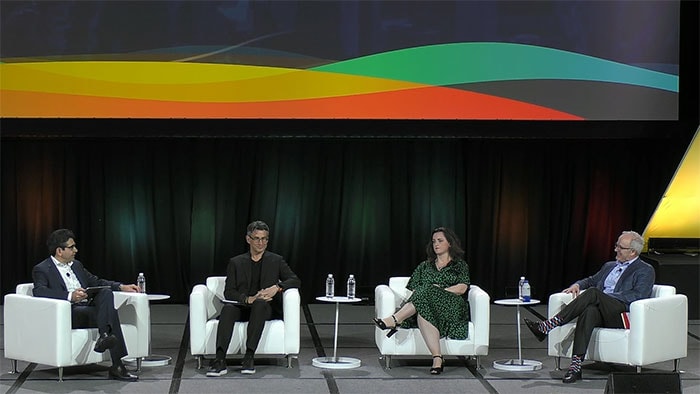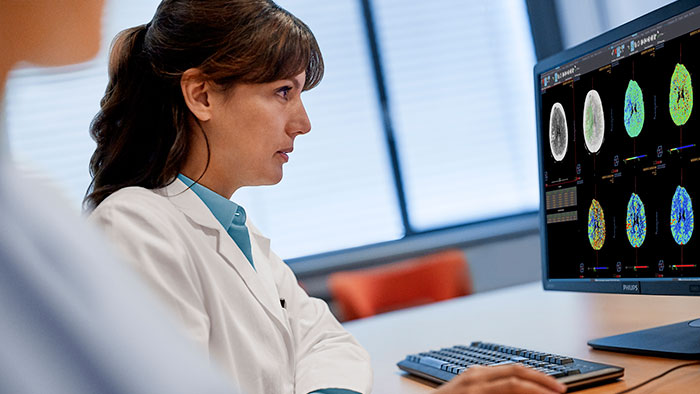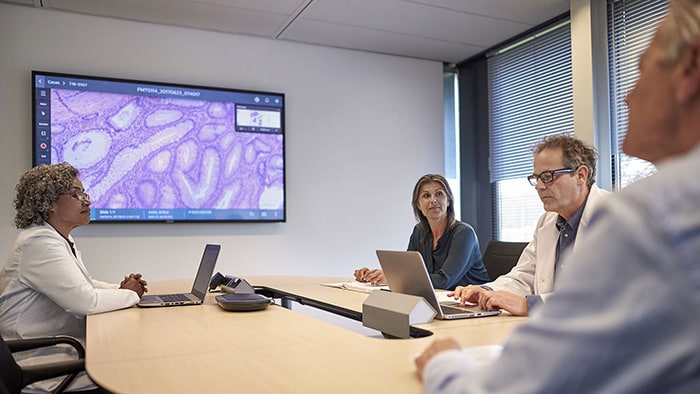Around the world, the pressure on cardiology departments and health systems are increasing, with nearly 18 million people dying annually from cardiovascular disease (CVD) – more than from any other cause.
At the same time, cardiologists and their care teams are challenged with reducing costs while improving patient outcomes and managing staff shortages due to burnout.
Philips, with its purpose is to improve people's health and well-being through meaningful innovation, is responding to address these complex challenges. For cardiovascular disease care, our innovations are aimed at finding solutions to improve the treatment and quality of life for patients who are living with CVD.
For World Heart Day 2022, we asked four cardiology experts at Philips to share their thoughts on the top trends in cardiology, the challenges clinicians and health systems face, and the keys to achieving mutually beneficial partnerships among industry and clinicians that improve patient care.
How have you seen healthcare change in the last few years?
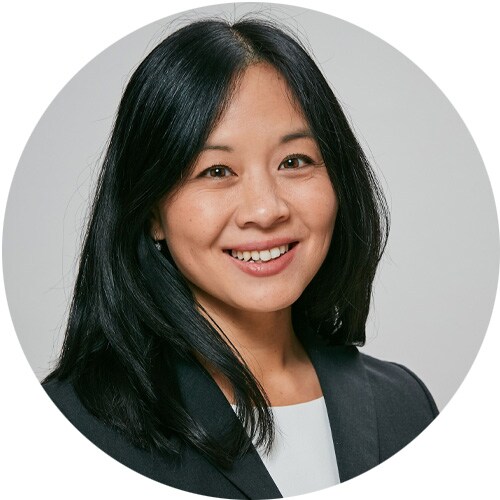
Jennifer Franke, M.D., Chief Medical Officer, Cardiology at Philips:
“In my travels to hospitals around the world, I am seeing a trend toward staff working fewer hours to protect themselves from the stress of the job. They know they will be in this role until they retire, so they are reducing their time at the hospital to have less tension and stress. This is an opportunity for us to help healthcare systems identify solutions that improve efficiency and streamline care because we know caseloads are not going down.”
Telemedicine has incredible value. The patient portal has also become more important. It’s a way for patients to feel connected to their care teams, while outside of a clinical setting.
Jennifer Franke, M.D.
Chief Medical Officer, Cardiology at Philips
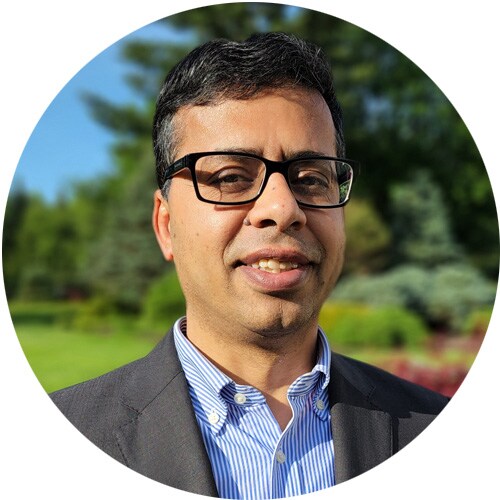
Sanjay Gandhi, M.D., Senior Director, Medical Strategy & Innovation at Philips:
“Traditionally, we think of healthcare delivery as physicians seeing patients in a clinic or hospital setting. I think that is changing. We have new entrants like Google, Apple, and Microsoft that are bringing a different perspective to healthcare delivery. On top of that, you have companies like Walmart and CVS that are trying to bring care closer to home. The way I think of healthcare delivery and how it's going to be shaped would be that the high-complexity care would stay within the hospital system, but everything else is then going to go into the community.”
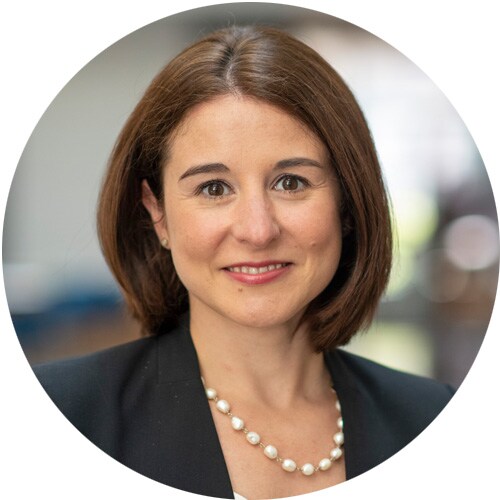
Alexandra Gonçalves, M.D., Chief Medical Officer, Precision Diagnosis at Philips:
“Sadly, the focus on prevention, early diagnosis, and immediate treatment of cardiovascular disease were pushed aside during the pandemic. We’re seeing the repercussions today in the number of cardiovascular disease emergencies, and the number of patients that are coming back to care with more advanced diseases.”
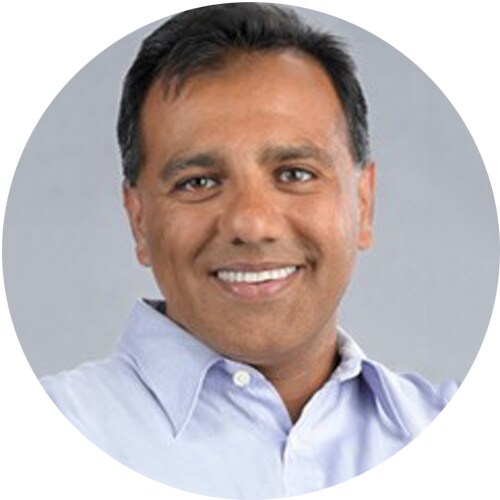
Manish Wadhwa, M.D., Chief Medical Officer, Biotelemetry at Philips:
“The pandemic really changed the world for a lot of us. Telemedicine has been the star, but lately, we’re seeing people return to their doctors in person. It’s a people profession, but we’ve learned how to rely more on objective data, and that’s the future.”
How can we enhance cardiac care to help clinicians address these trends?
MW: “Take the example of hypertension. With all the talk about artificial intelligence (AI) and machine learning, there is still a need to improve care for something as basic as hypertension with remote monitoring. Enhancing cardiac care in this example would be part of changing the healthcare paradigm from within the four walls of the exam room to the four walls of the living room. There are many conditions that can move in this direction.”
JF: “Our role, as an industry partner, is to help clinicians and health systems work together to co-create innovative solutions. For example, clinicians get frustrated if they have to do data entry four times on the same patient. They ask, ‘Why aren’t you solving this for me?’ I believe it is our role to fix the smaller things but also take them on a longer-term journey of improving cardiac care.”
AG: “The ability to communicate remotely between care teams and to diagnose patients without being physically present is an exciting way to enhance cardiac care. Using live collaboration platforms, I can have someone doing a study inside a room and another person sitting miles away and both can see exactly what is going on. This can be incredibly helpful in terms of access to care and expansion of the knowledge to any location.”
SG: “One of the biggest challenges healthcare systems face is how to utilize technology and data. This is where the industry can play a much bigger role because managing data and presenting it in a meaningful way is our wheelhouse.”
How can Philips work with its partners to co-innovate solutions and enhance cardiac care?
MW: “It starts with gaining a true understanding of what is being done in the clinical world. What are physicians really doing? Gaining that understanding requires literally standing behind them with your notepad and following them around all day to really understand what they do.”
JF: “The care experience goes beyond the patient-care team interaction. It’s about informing the patient about their procedure or visit to a care facility and making sure they feel comfortable and confident when they enter a hospital, a cath lab, or even an MR scanner. Oftentimes physicians and clinicians forget the stress patients may be experiencing as they enter a clinical setting, and we consider ways to elevate any unnecessary anxiety for patients – including the design and orientation of a clinical space – to make the experience as less intimidating as possible.”
AG: “It all comes down to good teamwork. Good teamwork means we can co-innovate solutions that are integrated and make their life easier. For example, we’ve had discussions with care teams down to the level of the number of clicks they have to make when assessing a case, and how that adds up at the end of the week in terms of saturation and fatigue. We have to work hand-in-hand to co-innovate, especially today as health workers are asked to do more with less.”
We must improve how we share data, and that starts by building trust between the health system physicians and the industry.
Sanjay Gandhi
Senior Director, Medical Strategy & Innovation at Philips
SG: “Understanding the pain points of care teams is critical. We have to keep asking them what their problems are, and then think about what solutions we can bring or innovations we can co-create. To do this, we must improve how we share data and that starts by building trust between the health system physicians and the industry. I think once you have that kind of trust between industry and the healthcare system of clinicians, then you can work on this applied innovation.”
Why are integrated solutions important?
MW: “A person’s cardiac condition doesn't go away when they aren’t in the doctor’s office. You don't have hypertension or diabetes or an arrhythmia for the 10 minutes you're sitting there. You have it every minute you are alive. So what about those times? How are we evaluating you during those times? That's where we need to get to in medicine with remote monitoring to enhance cardiac care.”
JF: “I’ve seen frustrations mount when digital tools that are supposed to make the lives of physicians easier are not integrated in a way that makes them useful for clinicians. It's quite easy for companies to measure something, define a cutoff and send an alarm as soon as something is above or below the cutoff. What often gets forgotten is what does that do to clinicians who get a lot of alarms? We must make technology smarter so that an alarm is sent in a certain clinical context.”
With access to good quality information, you can provide a proper diagnosis with confidence.
Alexandra Goncalves, M.D.
Chief Medical Officer, Precision Diagnosis at Philips
AG: “We talk a lot about various modalities and how they can enhance cardiac care, but there's the informatics piece that is the integrator of all the modalities. That enables accessibility at a distance and facilitates the use of these different modalities by a common thread and way of working at the diagnostic setting.”
SG: “We want to make sure that the technology is actually working for providers rather than providers working for technology. Whatever interface is developed, whatever technological tools are developed, we want to make sure that they keep that provider experience in mind. We must use technology to enhance data insights by looking at the holistic patient journey across the entire continuum.”
Through this year’s World Heart Day theme ‘Use Heart for Every Heart’ the World Heart Day campaign messages aim to reach as many individuals as possible to help achieve cardiovascular health for every person. Philips supports this goal by offering an integrated portfolio of solutions that help consumers live healthy lifestyles and support patients and care providers throughout their entire cardiac care journey, from early detection, diagnosis and treatment, and long-term follow-up. To learn more, click here.
Share on social media
Topics
Contact
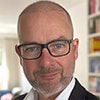
Joost Maltha
Philips Global Press Office Tel: +31 6 10 55 8116
You are about to visit a Philips global content page
Continue









